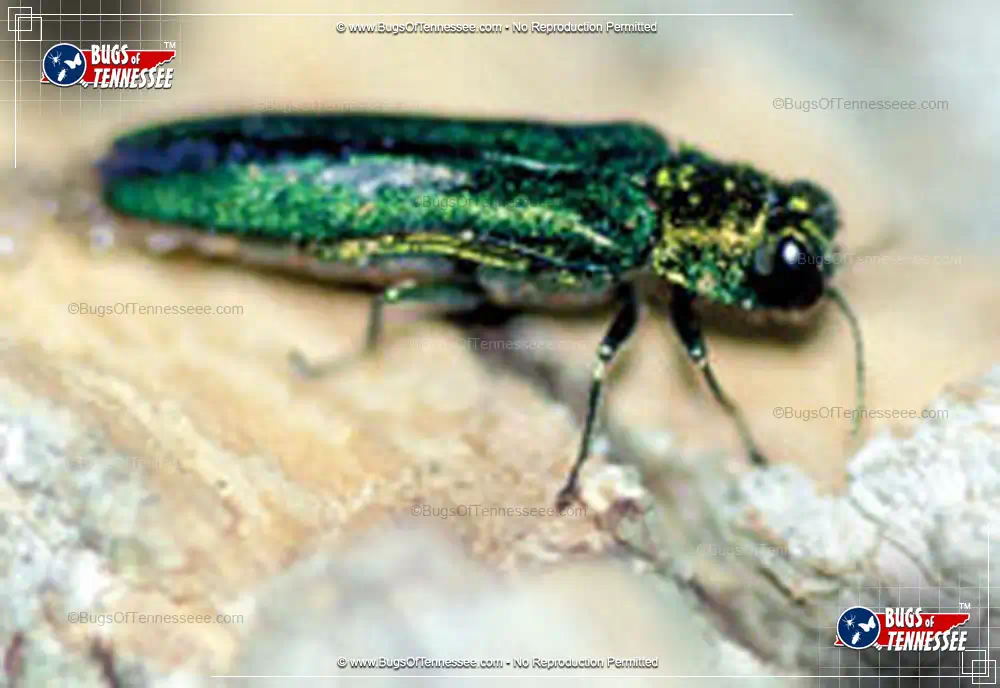Insect Order (Coleoptera)
COLEOPTERA
Beetles is the largest order of the animal kingdom and a common site throughout the state of Tennessee, particularly in the summer months. Around 25,000 species are recognized in North America alone. They are resilient creatures, able to make a home in most any environment, from deserts to forests. They are identified by their hardened bodies either with a dull or shiny finish. They are an essential part of the natural ecosystem in that species feed on other insects, animal remains, and plants. Bodies of beetles typically showcase three separate sections - the head, pronotum, and abdomen. Over the abdomen rests wings which are covered over by the elytron, a hardened shroud. Notable beetle types include Lady Beetles (Lady Bugs), the imposing Stag Beetles, and the common black Ground Beetle.
Taxonomy
The Taxonomic Breakdown is the scientific way to categorize a partocular insect species from its largest group (Animalia) to its smallest (variable). The Genus and Species categorizations taken together make up the species' scientific name shown above, in this case Agrilus planipennis.
Kingdom: Animalia
Phylum: Arthropoda
Class: Insecta
Order: Coleoptera
Family: Buprestidae
Genus: Agrilus
Species: planipennis
Characteristics
Antenna: Antenna are noticeably apparent on this insect.
Harmful: Known to be harmful in one way or another.
Outdoors: Typically found across the great outdoors.
Pest: Generally considered a pest to humans.
Shiny: Has a noticeably shiny or reflective body surface.
Six-Legged: Six legs are common to this insect.
Winged: Has wings to hop or fly over distance.
Description
The Emerald Ash Borer has been identified by site users by the following descriptors:
green black six-legged harmful pest outdoors antenna winged wings flying emerald shiny
Sighting Guide
The general likelihood of encountering this insect based on a given month of the year in the state of Tennessee. Generally, the best sighting months are June through August with peak occurring in July.
Size
Below is a representation of the 'smallest-small' and 'largest-large' sizes commonly associated with the Emerald Ash Borer. Due to monitor differences, sizes may not be exact on your particular screen. Conversions to millimeters are provided for convenience.
Lowest-Low:
0.39 inches
(10 mm)
Highest-High:
1.18 inches
(30 mm)
Identifying Colors
Below you will find the colors most commonly associated with the Emerald Ash Borer. Both Primary and Secondary colors are represented in the showcase. Due to monitor differences, colors may not be exact representations.
Tennessee County Reach
The Emerald Ash Borer can be found in the following Tennessee counties:
Anderson; Bedford; Benton; Bledsoe; Blount; Bradley; Campbell; Cannon; Carroll; Carter; Cheatham; Chester; Claiborne; Clay; Cocke; Coffee; Crockett; Cumberland; Davidson; De Kalb; Decatur; Dickson; Dyer; Fayette; Fentress; Franklin; Gibson; Giles; Grainger; Greene; Grundy; Hamblen; Hamilton; Hancock; Hardeman; Hardin; Hawkins; Haywood; Henderson; Henry; Hickman; Houston; Humphreys; Jackson; Jefferson; Johnson; Knox; Lake; Lauderdale; Lawrence; Lewis; Lincoln; Loudon; Macon; Madison; Marion; Marshall; Maury; McMinn; McNairy; Meigs; Monroe; Montgomery; Moore; Morgan; Obion; Overton; Perry; Pickett; Polk; Putnam; Rhea; Roane; Robertson; Rutherford; Scott; Sequatchie; Sevier; Shelby; Smith; Stewart; Sullivan; Sumner; Tipton; Trousdale; Unicoi; Union; Van Buren; Warren; Washington; Wayne; Weakley; White; Williamson; Wilson
Emerald Ash Borer Picture (1)
1 of 1

Image of an Emerald Ash Borer beetle in detail.; Credit: PA Dept of Conservation and Nat. Resources.
This image is original to
www.InsectIdentification.org; Used with Permission.
